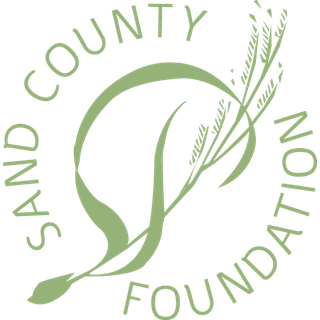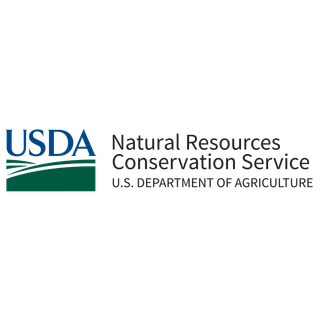Bragger Family Dairy is a partnership of Joe and Noel Bragger, and Joe’s brother, Dan, and his wife, Mary, with assistance from Joe and Dan’s mother, Hildegard.
They utilize manure from the farm’s 300 dairy cows, 50 beef cattle and 64,000 pullets (young chicken hens) on their fields as fertilizer for over 500 acres of corn, soybeans, alfalfa and barley. Another 150 acres of woodlands are managed for wildlife, recreation and timber production.
Everything on the Buffalo County farm is connected and has a purpose: The cows and the chickens, the trout and the trees, the soil and the stream. Joe not only loves the land, but clearly sees what it can do for him and what he can do for it.
It was in the late 1960s that Bragger’s parents (Swiss immigrants) founded Bragger Family Dairy near the community of Independence. The terrain reminded them of their scenic homeland. Joe likes to say he wishes they had come from Ukraine so the farm would be flatter and less challenging to farm.
Yet, with his knack for hard work and creativity, Bragger seems to relish the challenge. The traditional Wisconsin dairy farm has evolved and diversified over time to best utilize its differing landscape.

Bragger Family Dairy
Joe’s wife, Noel, manages the family’s poultry business that consists of raising 64,000 pullets annually in a climate-controlled two-story barn for Gold’n Plump. The poultry litter is an economical alternative to spreading liquid dairy manure on the farm’s steep slopes. In addition to raising poultry, Noel teaches kindergarten through second grade at St. Boniface School in Waumandee.
The Braggers raise 4,000 brown trout annually in a spring-fed pond on their farm in partnership with the local Elk Rod & Gun Club and Wisconsin Department of Natural Resources. The young trout (called fingerlings) are put into the pond each May and removed the following April to be released into area streams. The pond doubles as a stock tank for some of the farm’s cattle.
Adding to the farm’s diversity, Bragger enjoys experimenting with crops like canola, sunflowers and a variety of alfalfa and barley types. He is also passionate about experimenting with 150 acres of woodlands that he manages for wildlife, recreation and timber-pulp production. Parts of the forests that are less desirable for timber production are burned off to maintain native grasses, goat-prairie and oak savanna areas. Locals like watching and learning from this natural process annually.










